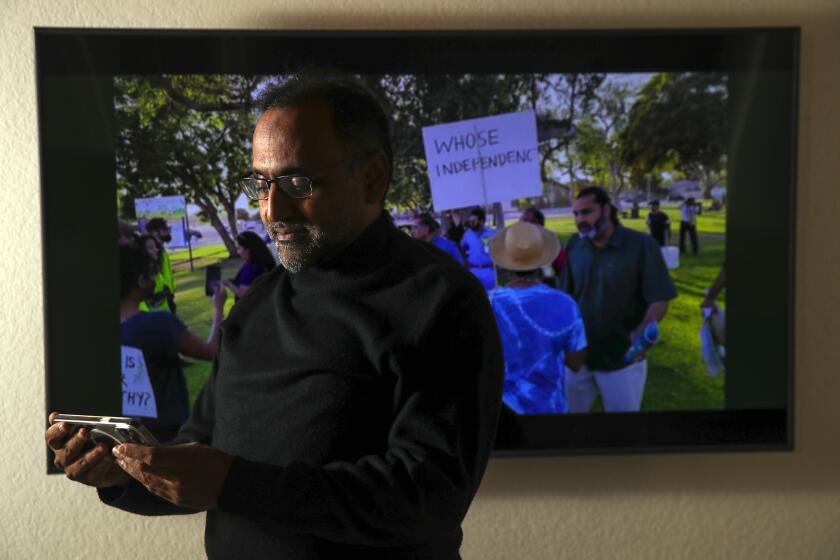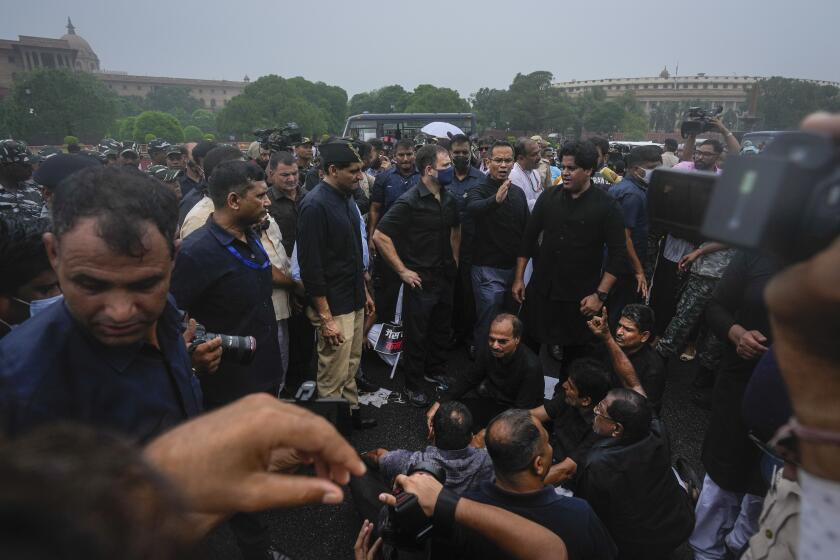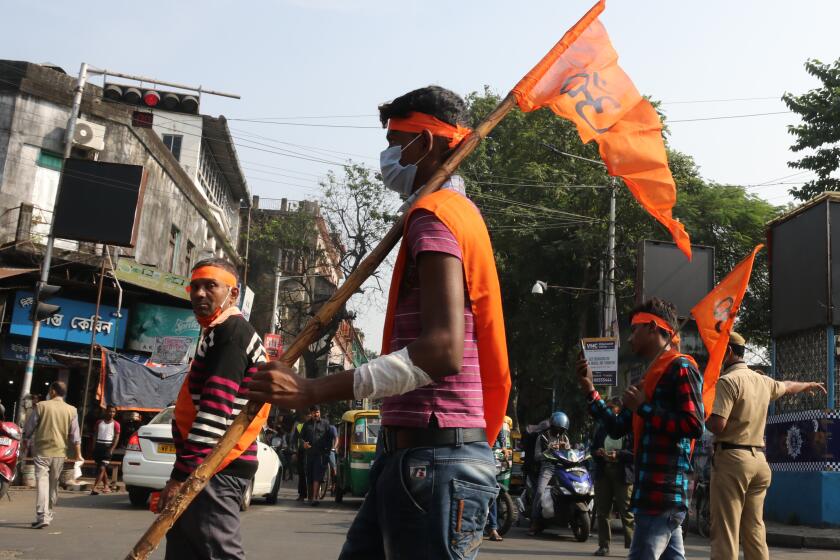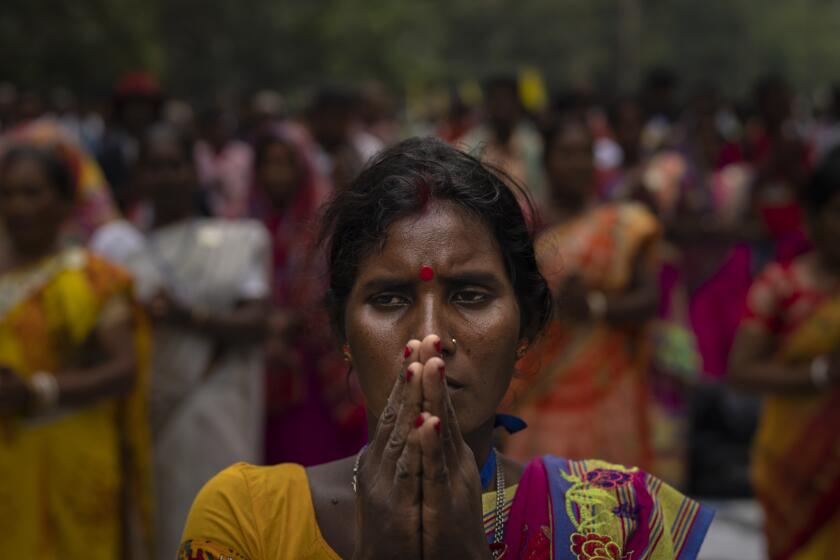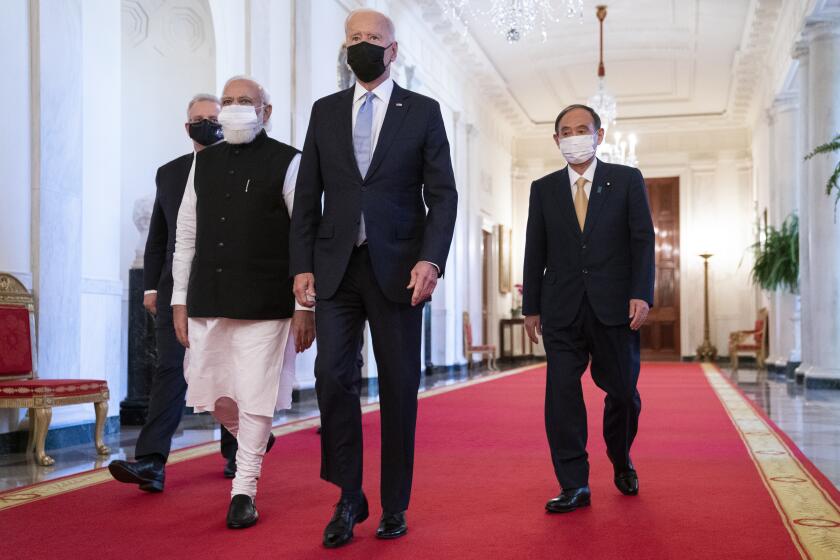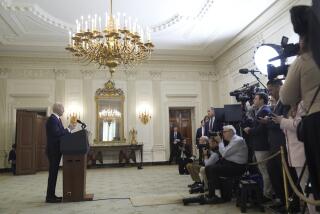In India, warnings that independent news media are teetering on a precipice
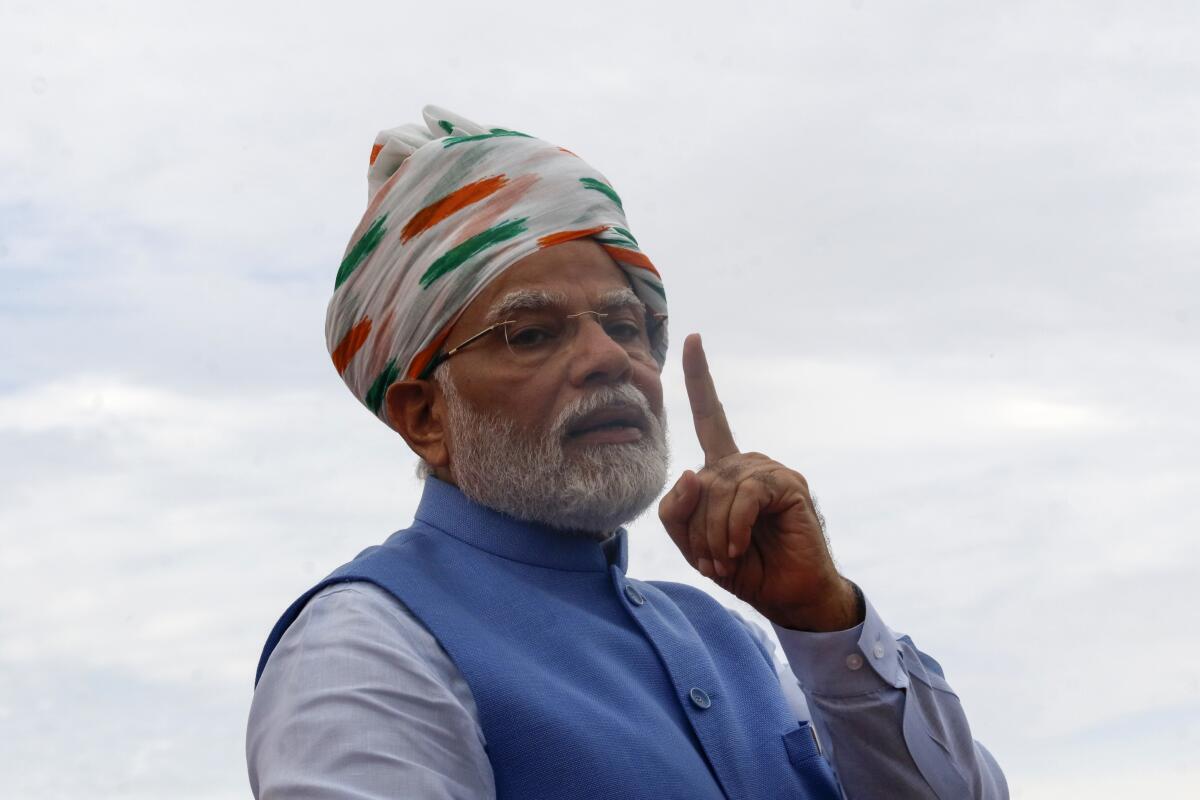
MUMBAI — When a billionaire industrialist close to Indian Prime Minister Narendra Modi closed in on acquiring New Delhi Television, or NDTV, last week, longtime network anchor Ravish Kumar, decided he had had enough.
The award-winning 47-year-old journalist, who made his reputation on serving as an independent news voice, quit his nearly three-decade association with NDTV and released a blistering video to explain his decision.
For the record:
8:24 p.m. Dec. 6, 2022An earlier version of this story incorrectly said that Rajdeep Sardesai founded the media outlet Network 18. He was the editor in chief.
“Today’s evening is an evening where the bird is struggling to find her nest,” said Kumar in an emotional message to his 2.3 million YouTube subscribers. “Because someone else has taken it away.”
“India never had a golden period of journalism,” Kumar continued in his message, which quickly accumulated some 6.7 million views. “But it also didn’t have a devastating period like there is today. Every good thing about this profession is being destroyed.”
Some Indian observers say that the impending hostile takeover by Gautam Adani, the third richest man in the world, of what in 1998 became India’s first 24-hour news channel could signal the death knell of independent voices in India’s mainstream media outlets.
NDTV, they say, has been the only remaining Indian broadcast network that continues to question Modi’s Hindu nationalist agenda. The other nearly 20 English or Hindi news channels across India, they assert, have taken to brazenly touting the party line.
Indian Independence Day means vastly different things across a country shaped by religious and ethnic conflicts, as well as caste discrimination.
“Today, I see the race to the bottom on some TV channels and find myself completely unable to come to terms with it,” said former NDTV anchor Rajdeep Sardesai, who called the network, where he worked until 2005, a “pioneering institution” in “an era that was not driven by ratings ... [when] quality mattered.”
About eight years ago, not long after Modi came to power, billionaire industrialist Mukesh Ambani, then the richest man in India, acquired Network 18 — a media outlet that was credible at the time and where Sardesi was the editor in chief. Soon after the takeover, Sardesai and other senior editors resigned.
According to Reporters Without Borders, India stood at 132 out of 180 countries in its press freedom index in 2012. A decade later, it has slipped further to 150. The group’s 2022 report specifically mentions Modi, who became prime minister in 2014. “The violence against journalists, the politically partisan media and the concentration of media ownership all demonstrate that press freedom is in crisis in ‘the world’s largest democracy,’” it read.
The future of NDTV, founded by Dr. Prannoy Roy and his wife, Radhika Roy, came into play in August when Adani covertly acquired a third-party company that had the largest stake in the network.
Since its independence in 1947, India has transformed from a poverty-stricken nation into one of the world’s fastest-growing economies.
The Roys tried to fight him off, but apparently in vain. As of last week, Adani owned a 29% stake and has an open offer on another 26%. As a result, the Roys have resigned as directors.
“It is the end of news on news channels,” said Abhisar Sharma, an independent journalist who left a mainstream TV job four years ago and currently has 1.4 million YouTube channel subscribers.
Adani and Modi both hail from the western state of Gujarat and have had a lengthy relationship. When Modi became prime minister in 2014, Adani’s net worth was $7 billion. Today, it is $147 billion, making him India’s richest man.
In a recent interview with the Financial Times, Adani addressed concerns that his taking over NDTV could end its independence. “Independence means if the government has done something wrong, you say it’s wrong,” Adani said. “But at the same time, you should have the courage when the government is doing the right thing every day. You have to also say that.”
Doubts about India’s future as a secular state and liberal democracy grow amid rights abuses, shrinking civil liberties and religious intolerance.
Modi and his office have not spoken publicly about the Kumar resignation or the impending takeover of NDTV.
Geeta Seshu, who worked with India’s first media watchdog the Hoot, terms statements such as Adani’s “simplistic and dangerous.”
“What is right for him may not be right for others,” she said. “Corporates have other business interests, and for that they need to have good relationships with the government. And Adani is involved with every major infrastructure project in India.”
Corporate influence has long held some sway over mainstream Indian journalism, but the monopolization of major media by big corporations is growing at an alarming pace, Seshu said.
News Alerts
Get breaking news, investigations, analysis and more signature journalism from the Los Angeles Times in your inbox.
You may occasionally receive promotional content from the Los Angeles Times.
“Independent media is expected to provide space to plurality, diversity of opinion and dissent,” she said. “This will be suppressed even further, and the marginalized in the country are going to become more invisible. Journalists will find it even more difficult to operate.”
Kumar, who uses the term “lapdog media” for India’s pro-establishment news channels, said the government wants to “impose their idea of journalism on people.”
In his parting message, Kumar also asserted that an atmosphere of fear hovers over Indian journalism today. “Think about the thousands of youngsters who are studying journalism but will be reduced to being brokers,” he said. “A scared journalist gives birth to a dead citizen.”
Over the past eight years, observers contend, India’s mainstream broadcast media have been replete with self-censorship, propagation of misinformation and softball interviews which serve to elevate Modi’s image, while demonizing his critics as “anti-nationals.”
In India, believers of Sarna Dharma, an ancient Indigenous faith system centered on reverence for nature, are seeking formal government recognition.
One example they cite is the June 2020 military standoff between India and China that led to the deaths of 20 Indian soldiers. At the time, a leading TV news channel read out a fake WhatsApp report claiming that 30 Chinese soldiers had also died in the standoff.
Ahead of the 2019 general elections, Modi gave a series of interviews to a select few TV journalists. Their questions included asking him the secret behind his energy, and whether he keeps a wallet in his pocket.
Four years ago, Modi had appealed to the business community to invest in India’s northern state of Uttar Pradesh — the most populous one. A few days later, a trader was shot in the state. Sharma, on his show, reported the story of the trader and pointed out that the prime minister had asked the business community to invest in the same state.
“I was sent on a 15-day leave because of that,” said Sharma, who had worked for mainstream media outlets since 1996. “I decided not to come back.”
India is rebuffing President Biden’s efforts to persuade it to join the U.S. and its allies in isolating Russia over its invasion of Ukraine.
NDTV journalists, meanwhile, have been incessantly trolled by Modi supporters. In 2017, Kumar wrote an open letter to the prime minister about abusive messages and threats he had been receiving, and asked, “Is my life in danger?”
Sardesai said that journalists these days are often looking over their shoulder, more so than early in his career.
Back in 2002, he said, he suffered no repercussions for reporting hard-hitting stories for NDTV on anti-Muslim riots that broke out in Gujarat when Modi was the state’s chief minister. The riots ended up with more than 1,000 people being killed — most of them Muslims.
“The government didn’t intervene to stop us from covering the riots,” Sardesai recalled. “I don’t remember being worried about someone in power getting angry at my stories. Everybody covered the riots with a genuine desire to tell the stories of the people who had suffered.
“Today, I don’t know how we would deal with a failure of the state in controlling violence.”
Parth M.N. is a special correspondent.
More to Read
Sign up for Essential California
The most important California stories and recommendations in your inbox every morning.
You may occasionally receive promotional content from the Los Angeles Times.
